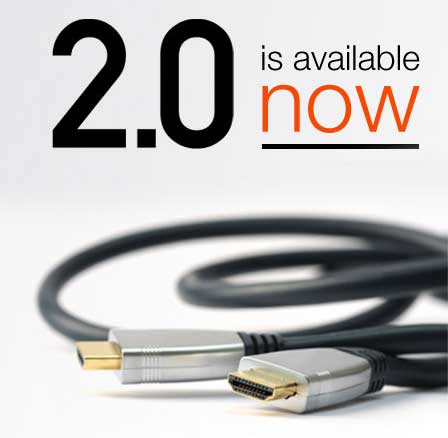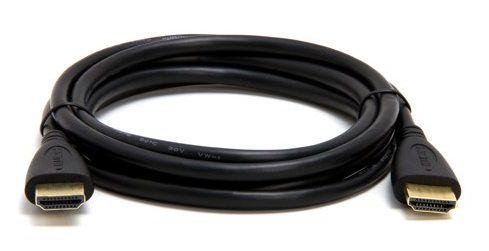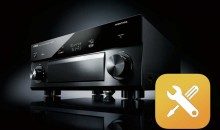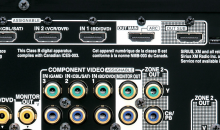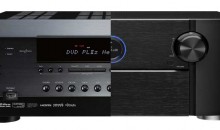HDMI 2.0 – What You Need to Know
HDMI 2.1 may be the newest HDMI spec, but lots of people are still using HDMI 2.0. We thought it would be helpful for those with older gear to know exactly what HDMI 2.0 is capable of. So, we’ve reprinted our original article discussing the HDMI 2.0 release from 2015. If you are rocking HDMI 2.0, this will let you know what your system can and can’t do. Just know, if you buy an 8K Certified Ultra High Speed HDMI Cable, it will work fine with HDMI 2.0.
Original Article
With the release of the new HDMI 2.0 spec, there are a lot of questions regarding cables, 4K, and the new parameters of the specification. For example, the new spec handles a considerable amount of additional resolution as well as more audio channels. We’ll do a Q&A format in order to illustrate the things you need to know about HDMI 2.0. Before we get into anything major, it’s important to know that HDMI 2.0 is fully backward compatible with earlier versions of HDMI. After that, it’s just a matter of what you can do with the new format and whether or not you run into any issues with HDMI 2.0 Compatible and HDCP 2.2 or Interim 4K.
What are the Big Advantages of HDMI 2.0
HDMI 2.0 increases the bandwidth from 10.2 Gbps up to 18Gbps and HDMI 2.0 has 4K support for resolutions up to 2160p at 50/60Hz frame rates. In case you think that’s a small jump, it’s the equivalent of 4x 1080p/60 resolution displays—all firing at once. Additionally, HDMI 2.0 supports up to 32 channels of audio at up to 1.536MHz. You can also display up to four streams of audio and there is dynamic synchronization of the audio and video streams.
Here is a chart summarizing the primary differences between the various HDMI versions since its inception:
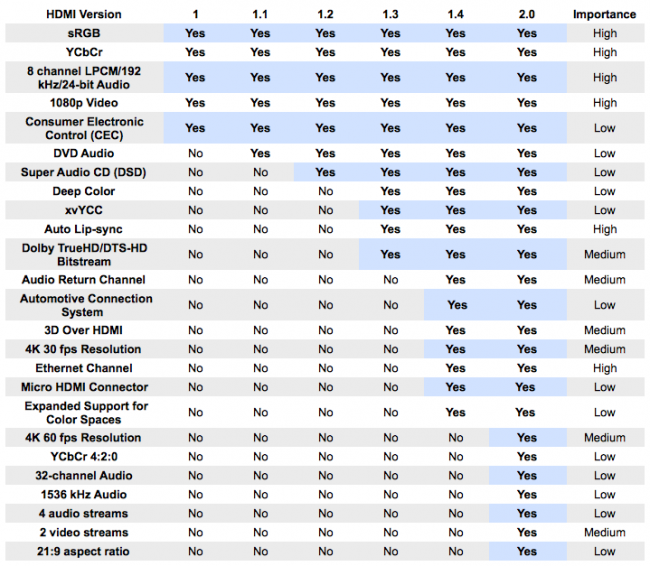
But wait, there’s more…
HDMI 2.0 also boasts the ability to transmit two simultaneous video streams over the same cable. That means two people can watch two sources at once—all on the same monitor. And really, this makes a lot of sense since 4K resolution is like transmitting four displays at once. The new 2.0 spec also gives users support for the wide angle theatrical 21:9 video aspect ratio. If you need to go long distances, you can use an HDMI 2.0 balun technology to get you there via CatX cables or even fiber optic cable.
HDMI 2.0 Backwards Compatibility
HDMI Licensing is making sure that users are well-aware that HDMI 2.0 is built right on top of HDMI 1.x. Any device that has HDMI 2.0 will have already implemented HDMI 1.x. HDMI 2.0 also uses the same connectors, so you can continue to use the same cables and still make use of the higher speed, though there are some limits. For example, the higher bandwidth features of HDMI 2.0 like 4K resolution will require existing High Speed (Category 2) HDMI cables.
Wait Just a Second…
If you think that just because HDMI 2.0 claims to be backward compatible with High-Speed HDMI 1.3 cables, that it will work flawlessly—think again. What they really mean is that anything with HDMI 2.0 technology will operate any cables or devices with 1.3 technology. They also mean that at less than 3 meters, well, you may be good to go…but any longer and you definitely need to use an active HDMI cable. Active HDMI cables are cables with built-in chips that provide “EQ” at the input and output to reshape the signal at the end of a longer run. Certain companies, like Tributaries HDMI cables, are spec’d to have minimums that allow for the new 4K resolutions coming to market so that you don’t install a cable and get left in the dust two months later.
If you start to send 4K along a longer HDMI 1.3 cable, it is very likely that you’re going to find that your cables are no longer sufficient to handle the bandwidth. Even aftermarket EQ electronics and active HDMI 1.3 cables aren’t guaranteed to work. The real solution for very long runs is only going to be found with a new generation of active cables and the advancement of EQ found in televisions and source components. 4K at 60Hz can get upwards of 18Gbit/s which is considerably more bandwidth than what used to be transmitted along with HDMI 1.3.
We’ll have to do our own field-testing of HDMI 2.0, however, it’s going to take a while before a sufficient amount of products hit the market with the new technology. As soon as it does, however, you can count on us to give it a full shake-down.

